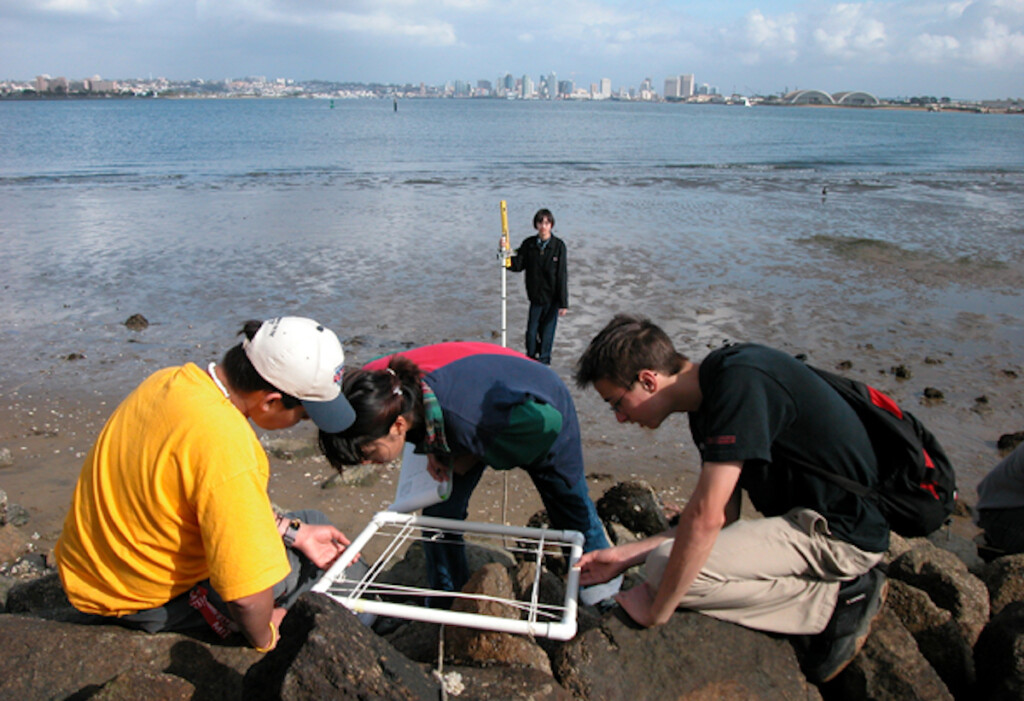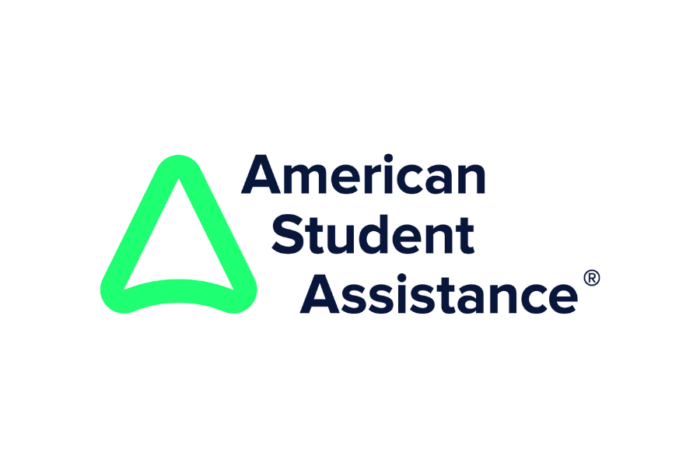-
1.0Introduction
How do we describe valuable capabilities around core, technical, and transferable competencies that increase opportunity for every learner?
-
1.1Definitions
What do the terms badge, credential and competency mean within the scope of this publication?
-
2.0Why Credential?
The current education system dabbles in credentialing – what would it mean to lean in even further?
-
2.1Vision
How would a fully-credentialed system empower learners of all ages and experience levels?
-
2.2Better Granularity
What if we were able to get more specific with proficiency and mastery?
-
2.3Better Documentation
What would a record that documented skills acquired over a full lifetime mean for learners?
-
2.4More Relevance
What would a clearer connection between secondary-level learning and what is expected and needed in the workplace and/or higher education look like?
-
3.0What to Credential?
Most employers (and higher ed institutions) report that newly hired employees are not prepared with the skills required in the workplace. What should we credential?
-
3.1Core Skills
What are core skills and how might they be decided upon within a school community and beyond?
-
3.2Transferable Skills
Who is deciding which skills are transferable? What are some examples of transferable skills?
-
3.3Technical Skills
How might we take skill validation the next step further?
-
4.0How to Credential?
How would I get started as an educator, administrator, policy maker and/or leader?
-
4.1Marketplace
How are credentials a two-sided marketplace?
-
4.2Articulating
How do different regions and communities articulate skills worth credentialing?
-
4.3Designing
How do you embed credentialing into high-quality learning experiences?
-
4.4Validating
Who should be in charge of validating a credential?
-
4.5Badging and Credentialing
What are the core components of a badge?
-
4.6Documenting
What is the system of checks and balances that certifies credentials?
-
4.7Matching and Aligning
How do we calibrate a credential to the need in the world (i.e. workforce opportunity, community need, or otherwise)?
-
5.0Who Should Credential?
Who should have the authority to award credit for experiences?
-
5.1Ecosystem Marketplace
Which outside-of-school providers have been able to credential learning experiences?
-
5.1K-12
What does it look like for a school to align experiences to credentials and badges?
-
5.2Higher Education and Military
Who is pioneering the credentialing landscape in higher education and the military?
-
5.3Employers
Credentialing has huge potential in education, but what about in the workforce?
-
5.4External Providers
Which outside organizations and providers are entering the credentialing marketplace?
-
6.0Challenges and Opportunities
As with any major disruption, credentials have numerous challenges and opportunities to going to scale.
-
6.1Innovation
How should we measure innovation?
-
6.2Challenges
From scale, to trust, to regulation – what are the challenges facing the spread of credentials?
-
6.3Opportunities
What are the available opportunities in each section?
-
6.4Conclusion
When learning is credentialed, every individual has a better opportunity to succeed academically, find a learning pathway and match with education and employment opportunities that fit their skill set
-
7.1Mentions
Throughout this report, we mentioned tons of exemplars and supporting organizations.
-
7.2Resources
We couldn’t have done this without the support of numerous papers, insights and contributions from others in the field.
-
7.3Feedback
We’d love to hear your feedback. What did you think of this resource?


Authors & Gratitude
This paper was authored by Nate McClennen with contributions from the Getting Smart team and numerous friends and partners in the field. Much of the video content has been taken from our ongoing Getting Smart Town Halls, podcasts and more. It is also a part of our New Pathways campaign.
The production of this publication was made possible with generous support by American Student Assistance (ASA).
Introduction
When a learner completes a program of study, they receive credentials. These credentials validate that the learner has demonstrated proficiency in all the recognized skills. The high school diploma and numerous industry certifications are credentials that often play a gatekeeping role for employment.
Credentials are well-established in the Career and Technical Education (CTE) ecosystem of secondary education and within employment sectors requiring specific technical skills. The National Career Clusters Framework describes categories of CTE around which programs focus. Most CTE programs emphasize technical skills rather than core or transferable skills. Although transferable skills (such as communication, collaboration, leadership, and project management) are rarely evaluated, many recognize them as increasingly important for the workplace. Programs continue to evaluate core skills (like mathematics and literacy) through a list of courses and grades, and assess these via standards through national assessments. These measurements of core skills tend to be weak signals for long-term success. While over a million different credentials are available for learners from high school through employment, many are at a grain size that serves only as a proxy for skill assertion, rather than the assertion itself.
During the 2019-20 school year, 49% of high schools students completed at least one CTE course while 19% were CTE concentrators (completing at least two courses in a single CTE pathway). Often embedded within CTE programs, pathways to credentialing include academy programs, internships, apprenticeship models, and whole-school models that incorporate some element of work-based learning—where students earn high school credit while embedded in the workplace.
While there is a high level of interest around work-based learning, participation is low due to the complexity of implementation. Work-based learning is a particularly good way for students to develop a sense of purpose/career direction and authentically build both technical and transferable skills. Since work-based learning falls outside of traditional forms of measurement, it provides an opportunity for credentialing.
Additional work-based learning opportunities occur in postsecondary settings with certification programs in the community college system and internships in four-year degree programs. Throughout a career, certifications are available in some sectors for employees to continue learning and growing.
Despite the credentialing success of the CTE programs and the availability of credentials, the challenge remains around how to describe valuable (value-creating) capabilities around core, technical, and transferable competencies that are helpful to every learner and meaningful to higher education and the workforce.
Design Principles of New Pathways
Designing durable and powerful pathways requires a set of core design principles for continued calibration and iteration.
Definitions
Badge
Badges represent a variety of verifications within the ecosystem. Badges are often digital representations of skill assertions and may accumulate to a credential. Some organizations use badges as equivalent to credentials, meaning that a learner earns a badge when they demonstrate proficiency in a competency or set of competencies. Badges can also simply be digital graphics (or even physical assets) attached to student accomplishment.
Competency
A set of core, technical, or transferable skills that demonstrates use of these skills across multiple contexts. Core competencies include areas typically evaluated in the K-12 sector (science, literacy, and mathematics). Technical competencies include those associated with specific industries (coding, healthcare, auto mechanics, etc.). Transferable competencies (also called durable or power skills) are those that apply across a wide variety of sectors and industries (collaboration, leadership, project management, etc.).
Verified Credential
Verified credentials result from a learner demonstrating proficiency around a pre-established set of competencies determined by the issuer. The owner or receiver can make their credentials accessible to any entity wanting to verify the learner’s competencies. Verification means that the credential can be validated by the issuer. Traditional education credentials include diplomas or certificates issued by higher education or a credentialing body. Future innovation around storage of credentials within digital wallets will simplify and decentralize this process.
Rupert Ward on Defining Badging Terms
Rupert Ward, a former Special Adviser and Project Lead for iDEA, one of the world’s most successful free educational technologies joined the Getting Smart Podcast to discuss badging and defined some helpful terms.